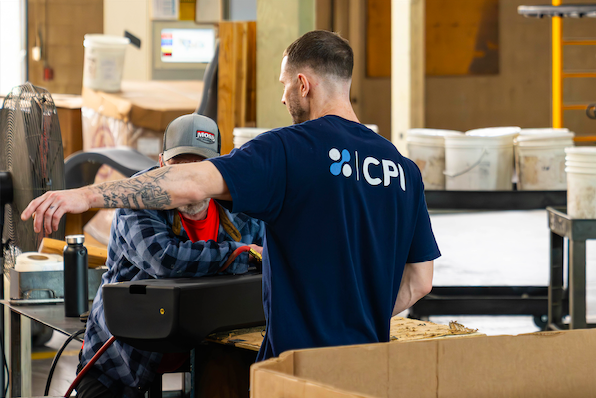Why Industrial Projects Are Turning to Smarter Plastics

Industries are changing rapidly, driven by the need for stronger performance, cost-efficiency, and sustainability. Traditional building materials like steel, wood, and concrete continue to play a role, but many sectors are recognizing the advantages of engineered plastics. Among the most innovative processes shaping this shift is rotational molding—commonly known as rotomolding.
Rotational molding provides a unique combination of design freedom, durability, and long-term efficiency. From infrastructure to specialized industrial components, the process is helping engineers and project managers achieve solutions that balance performance with practicality.
What Is Rotational Molding?
At its core, rotational molding is a method of creating hollow, one-piece plastic products by heating powdered resin inside a mold that slowly rotates on multiple axes. Unlike injection or blow molding, rotomolding allows for seamless parts with consistent wall thickness, making it ideal for products that need durability, reliability, and resistance to stress.
Key advantages of the process include:
- Seamless construction: Reduces weak points and improves structural integrity.
- Complex shapes: Molds can accommodate customized, intricate designs.
- Cost-efficiency at scale: Particularly effective for medium- to large-sized products.
- Material versatility: Compatible with resins that deliver strength, flexibility, and resistance to environmental stress.
Meeting the Demands of Modern Industry
Industrial projects face challenges that go far beyond cost. Materials must perform under heavy loads, withstand environmental conditions, and remain easy to work with during installation and maintenance. Rotational molding delivers advantages in several critical areas:
- Strength Without Excess Weight
A recurring challenge in industrial design is balancing strength and weight. Heavy concrete barriers or metal housings can be difficult to install, transport, or replace. Rotomolded plastics provide the same, or greater, strength while being significantly lighter. This translates into easier handling, reduced labor costs, and faster deployment.
- Durability in Harsh Conditions
Industrial equipment and infrastructure face constant wear and tear. Plastics engineered for rotomolding are resistant to impact, moisture, UV exposure, and chemicals, making them highly reliable in outdoor or demanding environments.
- Design Adaptability
Because rotational molding allows for complex geometries and consistent wall thickness, products can be customized to meet highly specific performance needs. Whether it’s housings, casings, or protective barriers, engineers can design exactly what the application demands.
- Sustainability and Long-Term Value
Sustainability is increasingly non-negotiable in modern industry. Rotomolded products are built to last, reducing the frequency of replacement and associated waste. Many resins can also be recycled, aligning with circular economy practices. For large-scale projects, the switch from resource-heavy materials like concrete to lighter, recyclable plastics can significantly reduce overall environmental impact.
Case Studies: Real-World Applications
Recent projects across industries have demonstrated the value of rotational molding in practice:
- Noise barriers: Rotomolded solutions have been used as alternatives to concrete, offering durability and sound-dampening performance while cutting down on installation time and transportation costs.
- Preparedness equipment: Custom plastic housings and containers have enabled municipalities to scale their emergency response capabilities while reducing the burden of heavy, traditional materials.
These examples highlight how rotational molding adapts to meet diverse industrial challenges, while still emphasizing cost efficiency and sustainability.
The Future of Industrial Design with Rotational Molding
As technology advances, rotational molding is continuing to evolve. New resin formulations allow for higher strength-to-weight ratios, multi-layer molding creates parts with tailored performance properties, and improved design techniques push the boundaries of what plastic products can achieve.
For industries that need materials combining durability, adaptability, and long-term value, rotational molding is no longer a niche option; it’s becoming a cornerstone of smarter, more sustainable industrial design.
Rotational molding has moved beyond being a simple manufacturing technique. It’s a problem-solving process that empowers industries to build better: lighter, stronger, and more sustainable. As industries look for ways to innovate while staying cost-conscious, rotomolding continues to provide the balance of performance and efficiency they need.
